How to make a massive lead synth sound
Program one now with our step-by-step guide
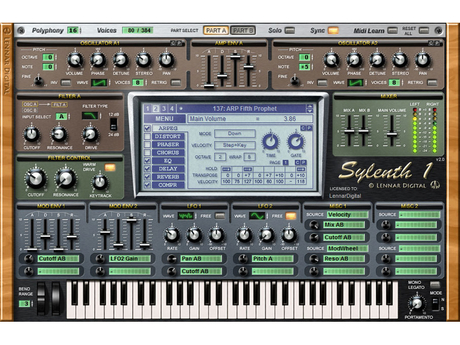
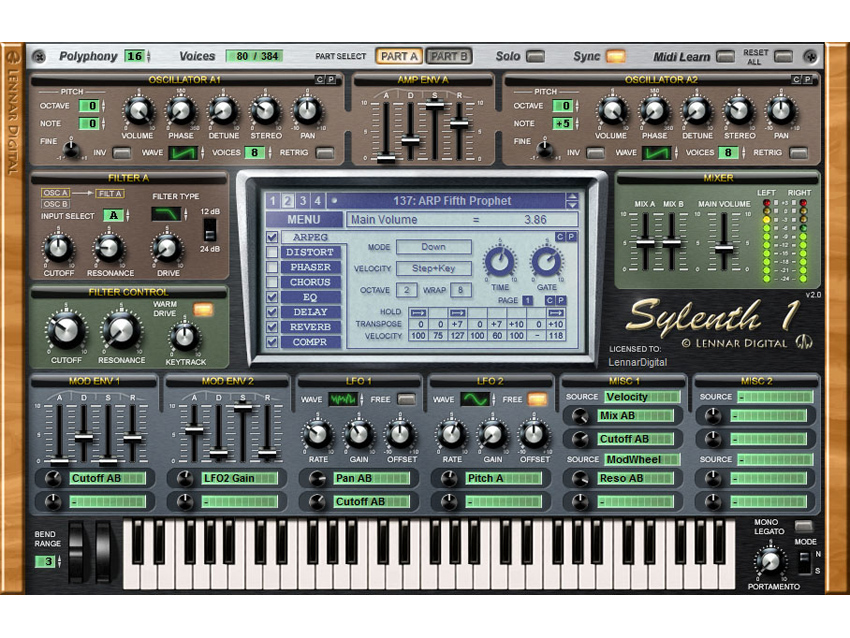
If your lead synth lines are more weedy than they are wailing, you've come to the right place. We're going to show you how to create a beefy high-end patch that will scream from your speakers and leave your listeners reeling.
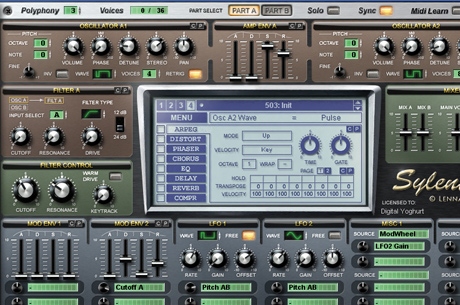
Step 1: The first step is to build a basic patch. We're using the phenomenal Lennar Digital Sylenth1 (but any decent analogue synth plug-in will do) to create something that will give us a good starting point. As you can see, we've selected QPulse for Oscillator 1 and a generic pulse wave for Oscillator 2.
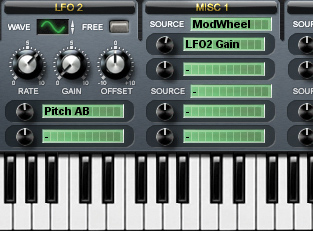
Step 2: Time for a bit of routing: we want our mod wheel to control the pitch modulation (pushing the boat out here, we know!), so we set up an LFO to do it. Here, LFO 2 is doing just that, while in the Misc 1 panel, the ModWheel is governing the LFO2 Gain.
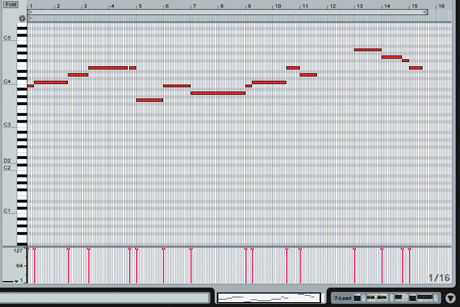
Step 3: We have quite a viable sound now - although it's a little bell-like. Let's play our part in. We've gone for a slow, lilting and emotional riff that would suit an epic trance or film piece. Some judicious pitchbends don't hurt either - you can set the range easily.

Step 4: One final bit of synth programming before we move onto effects: let's use a second LFO to do a bit of crazy pitch modulation at one point in the riff. Here, LFO 1 is set up with the QPulse wave, all ready to adapt the global pitch. We can automate this on one particular note to create a weird, blippy swooping effect.
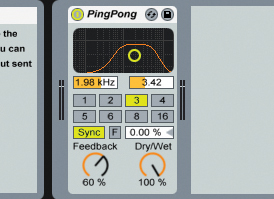
Step 5: Our basic sound is in place, so let's load some effects. Set up a simple ping-pong delay and a hall reverb on auxiliary sends. Sends make everything easier in certain circumstances, particularly for generic effects: we can also use the same reverb on other sounds to create a consistent sonic atmosphere.
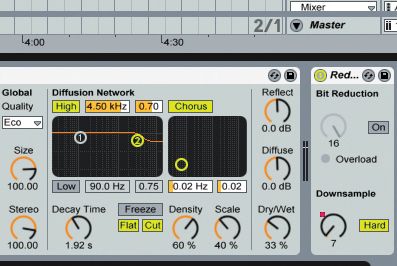
Step 6: We're now ready to inflate this sound somewhat! For a handy bit-reduction trick, put a touch of reverb in your signal chain before the crushing kicks in. This creates a nasty, clanging, grainy sound that you can manipulate to your heart's content! We can now take this metallic tone and amplify it even further.
Want all the hottest music and gear news, reviews, deals, features and more, direct to your inbox? Sign up here.
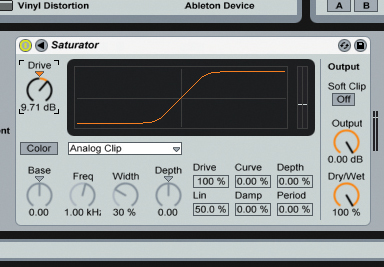
Step 7: Here's the big one: a healthy slab of overdrive from Ableton Live's Saturator. With this and Live's Redux, we've got a very unusual, sharp sound that's sitting nicely in some reverb and delay. This won't suit every track, but it's certainly powerful. Distortion is a great tool for beefing things up in the right context.
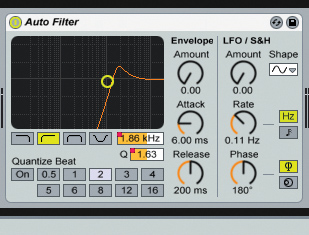
Step 8: Finally, we add a high-pass Auto Filter before the Saturator. This is great for wah-like sweeps. Placing a filter before a distortion unit is a classic sound engineering technique: the high gain accentuates the frequencies that the filter leaves behind. This works really well for drum 'n' bass basslines, too.
Computer Music magazine is the world’s best selling publication dedicated solely to making great music with your Mac or PC computer. Each issue it brings its lucky readers the best in cutting-edge tutorials, need-to-know, expert software reviews and even all the tools you actually need to make great music today, courtesy of our legendary CM Plugin Suite.
